Today we are testing the KFA2 GeForce RTX 4080 SG 16GB (1-Click-OC)and there is a certain reason for that. A GeForce RTX 4090 is already very expensive as such, but there is also the GeForce RTX 4080. Well, it also feels like it is in a different financial galaxy, but if you do need the performance, you can look for one of the cheaper models. Because there are still considerable price differences between the respective models and manufacturers, so it is definitely worth looking twice, even financially. And there’s even a free app on the house. But one after the other…
The KFA2 GeForce RTX 4080 SG 16GB (1-Click-OC) is one such candidate that has just been reduced in price (perhaps only temporarily) and whose clever positioning is perhaps only really recognized at second glance. At currently 1299 Euros, it is still one of the cheaper specimens (in relation to most other cards) and it will be interesting to find out where KFA2 may have cut back because of a low price point. This can be done as long as the concept is coherent and the customer does not have to accept any disadvantages in terms of durability. A little bit I found, but it’s good to live with.
KFA2 has limited the maximum power consumption (TBP, Power Limit) in the BIOS to the obligatory 320 watts by default (maximum 420 watts), but we could not even permanently exhaust this in Ultra HD. However, you can go up to 350 if you want it faster, but in times of rising energy costs and dwindling resources, it’s better not to. For example, my card also runs with a self-imposed corset of 250 watts and it’s still enough. What I’m getting at is the price point already mentioned. We will see during the teardown that this budgeting can also be used to reduce costs here and there.
But enough of the introduction. Unpack and get to work – if you buy this card, you’ll also get a few nice extras in addition to the card. There would be the 3-wire adapter for old power supply plugs and a graphics card holder including ARGB adapter, as well as the almost obligatory ARGB additional fan (pull) for the back of the backplate. The fact that I didn’t install it this time is due to the test system, because everywhere where the graphics card is already in the first possible slot (see picture below), the fan would already collide with the RAM. But I can reassure you, the card will not get hotter because of that….
I have the card and stand installed in the test system, where I have been putting CableMod’s 90° angle adapter through their paces in long-term testing for weeks. And since the normal customer rather likes light-emitting beacons of radiating diodes, the excursion into the RGB wonderland is quite legitimate at this point. We can say that the illumination has something and even the graphics card holder is a shining example here. But before I go into more detail about the card itself, here’s a little refresher on the chip and the architecture used. It is definitely worthwhile to briefly skim over this once again.
The AD 103 and the new Ada architecture
The NVIDIA GeForce RTX 4080 is manufactured in the TSMC 4N process and has 45.9 billion transistors and, I can already spoil, also offers a decent leap in performance, efficiency and also AI-powered graphics, even if the gap to the GeForce RTX 4090 seems almost huge. The Ada architecture relies on up to 7 Graphic Processing Clusters (GPC) and up to 80 new Streaming Multiprocessors (SM) with 10,240 CUDA cores, whose performance and energy efficiency have increased significantly.
In addition, tensor cores of the 4. Generation and Optical Flow, enabling transformative AI technologies including NVIDIA DLSS and the new NVIDIA DLSS 3 frame rate multiplier. The RT cores of the 3. The new generation offers up to 2x ray tracing performance, Shader Execution Reordering (SER) improves ray tracing operations by a factor of two. In addition, NVIDIA now also uses a dual AV1 encoder, with the NVIDIA encoder (NVENC) being the 8th generation. Generation with AV1 is said to work up to 40% more efficiently than H.264.
The AD103-300 of the GeForce RTX 4080 has been limited a bit and still offers 7 GPC in total, but two of them have been cut from 12 to 10 SM and one even to 8 SM. This still results in 76 SM including the 9728 CUDA cores for the chip of the new consumer card. In addition, there are a total of 38 Texture Processing Clusters (TPC), 76 RT cores of the 3rd generation. Generation, 304 4th generation tensor cores. Generation, 304 Texture Units (TU) and 112 ROPs. The L2 cache is 65536 KB in total and the card uses 16 GB of GDDR6X clocked at 11200 MHz on a 256-bit interface, which corresponds to a data rate of 22.4 Gbps and a bandwidth of 716.8 GB/s.
The changes to all three core types can be summarized quite simply:
- Programmable Shader: Ada’s SM includes an important new technology called Shader Execution Reordering (SER), which reorders work on the fly, providing a 2x speedup for ray tracing. SER is as big an innovation as the out-of-order design for CPUs was at the time.
- Tensor Cores of the 4. Generation: The new Tensor Core in Ada includes the NVIDIA Hopper FP8 Transformer Engine.
- RT Core of the 3. Generation: A new opacity micromap engine accelerates ray tracing of alpha-checked geometries by a factor of 2. Add to this a new micro-mesh engine that handles all the geometric richness without further BVH creation and storage costs.
The card still relies on a PCIe Gen. 4 interface and only for the external power connection with the 12VHPWR connector (12+4 pin) on an element of the PCIe Gen. 5 specification. The TGP is 320 watts and can also be raised up to 400 watts, depending on the board partner (which is rather pointless because the voltage limits at some point anyway). The extremely oversized cooler will know how to prevent the chip’s maximum permissible 90 °C anyway.
The KFA2 GeForce RTX 4080 SG 24GB (1-Click-OC) in detail
The KFA2 GeForce RTX 4080 SG 16GB (1-Click-OC) is only 100 grams lighter than its bigger sister with 1859 grams (measured without the additional fan). The identical length of almost 34 cm is enormous, and so is the height of 13 cm. With a thickness of around 6.7 (instead of the RTX 4090’s 7.2 cm) plus 0.5 cm for the light metal backplate, the nearly 2 kilo lump is really a case for the magnetic graphics card stand, which does its job quite well, even though you can screw the bracket to the case with three screws. Safe is safe.
The cooler cover is the usual mix of black injection molded ABS and an inset RGB-lit panel on top. In addition, there is the inevitable 12VHPWR connection. The rest is dominated by protruding finned radiators. However, we can already see that the PCB is rather short and that it is the so-called reference design. This is good to know if you are planning a water cooling conversion.
You can put not only power into the card, but also video connections. Four, to be exact, as there are: three times DisplayPort 1.4a and once HDMI 2.1a. That is especially a pity for the DisplayPort when it comes to the new specifications. Chance missed, unfortunately. And with HDMI, you have to trick with the compression from 4K onwards if you want it to go above 120 Hz. It’s a pity, but this is not due to KFA2, but to NVIDIA.
The following gallery shows us once again in fast forward all views of the map:
The screenshot from GPU-Z shows us the default settings of the gaming mode, which correspond to those of the silent mode except for the higher power limit.
This first page is now finished and we are slowly preparing for the test.
- 1 - Einführung, technische Daten und Technologie
- 2 - Test System im igor'sLAB MIFCOM-PC
- 3 - Teardown: Platine und Kühler
- 4 - Gaming-Performance
- 5 - Leistungsaufnahme und Lastverteilung
- 6 - Lastspitzen, Kappung und Netzteilempfehlung
- 7 - Temperaturen, Taktraten, Lüfter und Lautstärke
- 8 - Zusammenfassung und Fazit














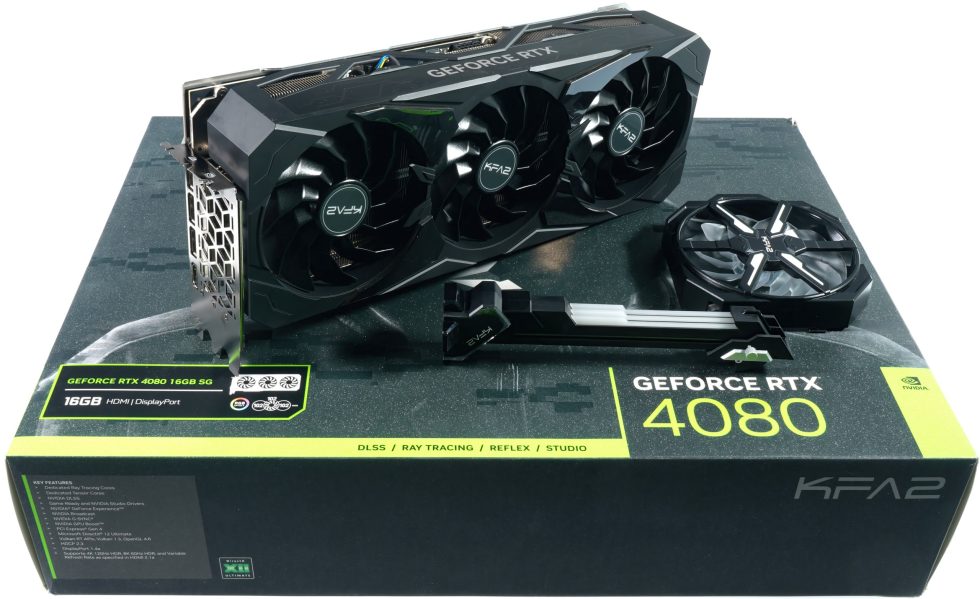
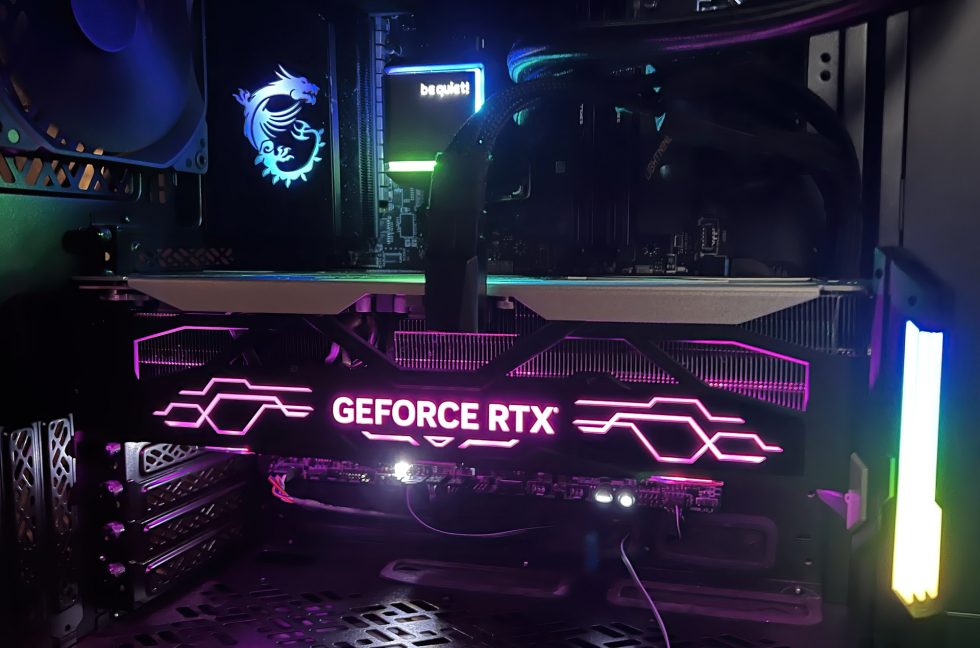
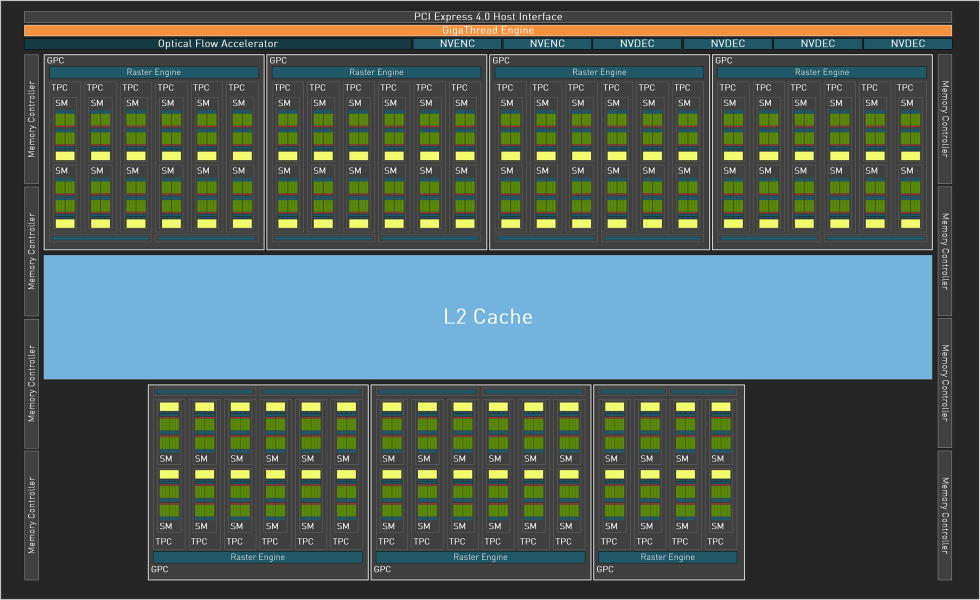
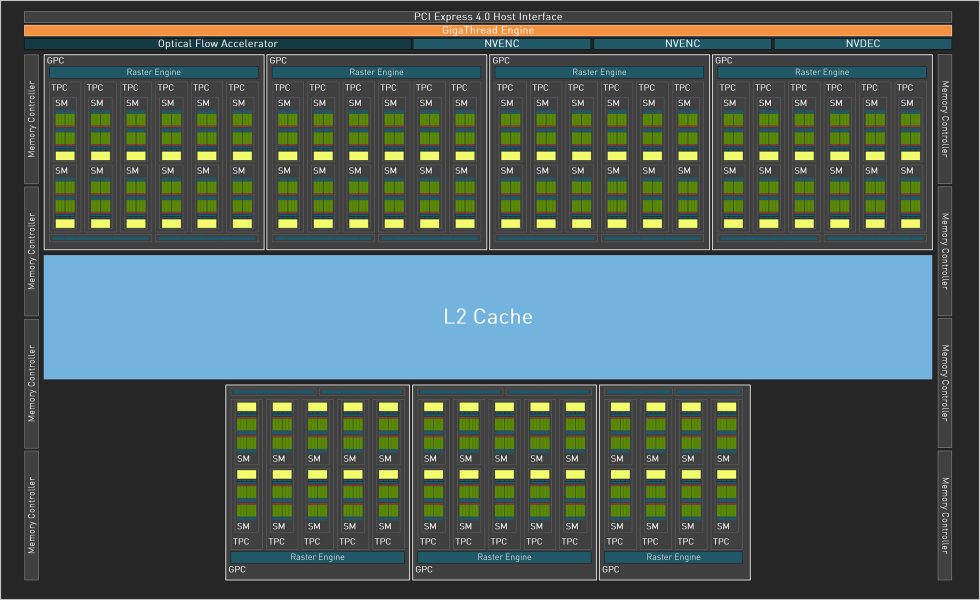
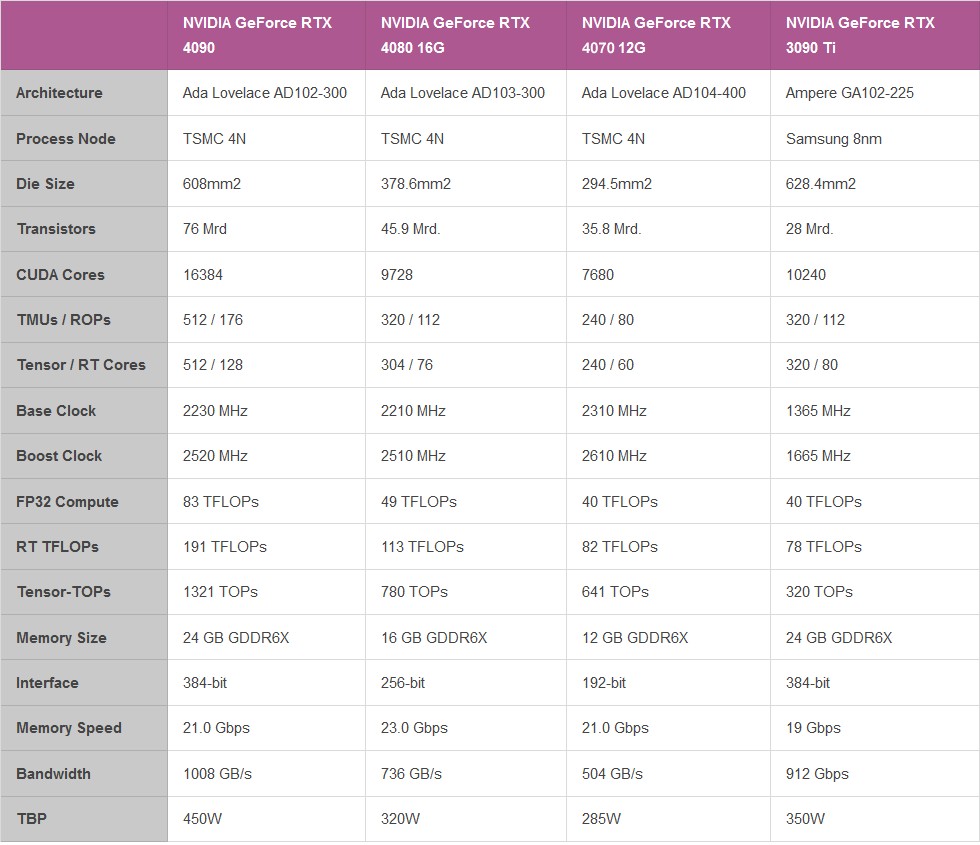
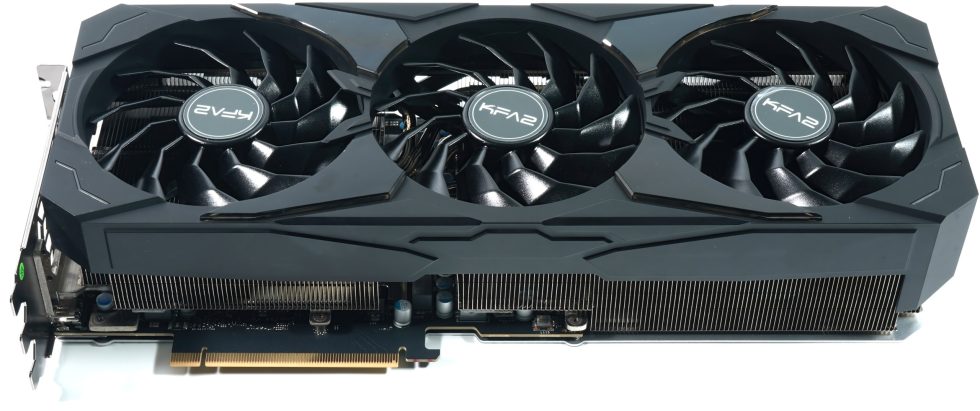

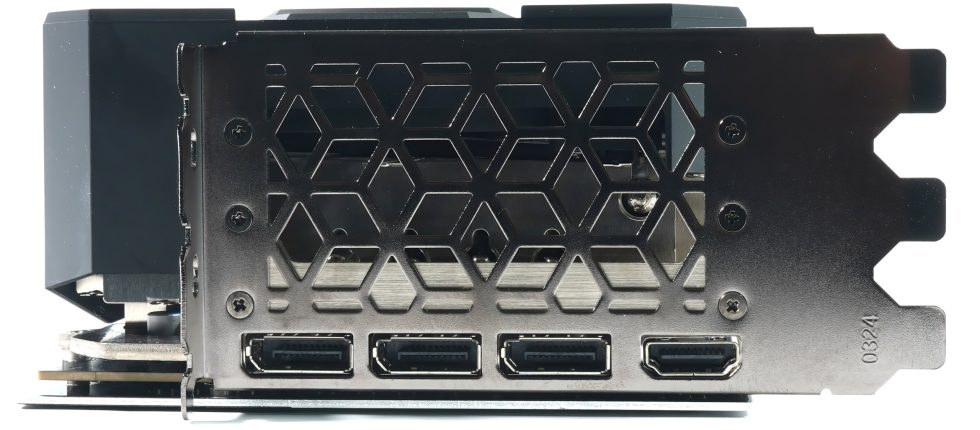
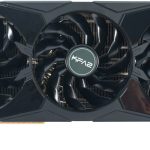
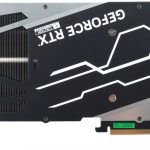
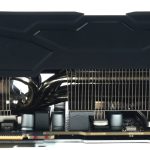
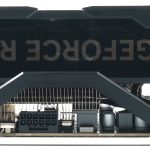
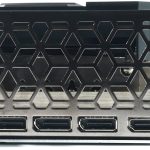
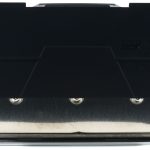
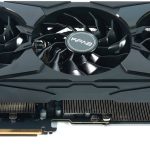
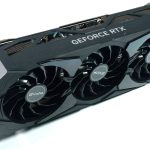
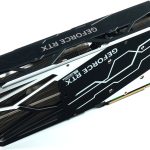
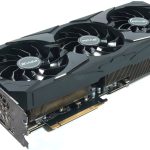
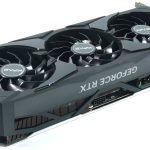



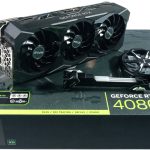
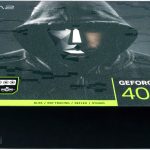
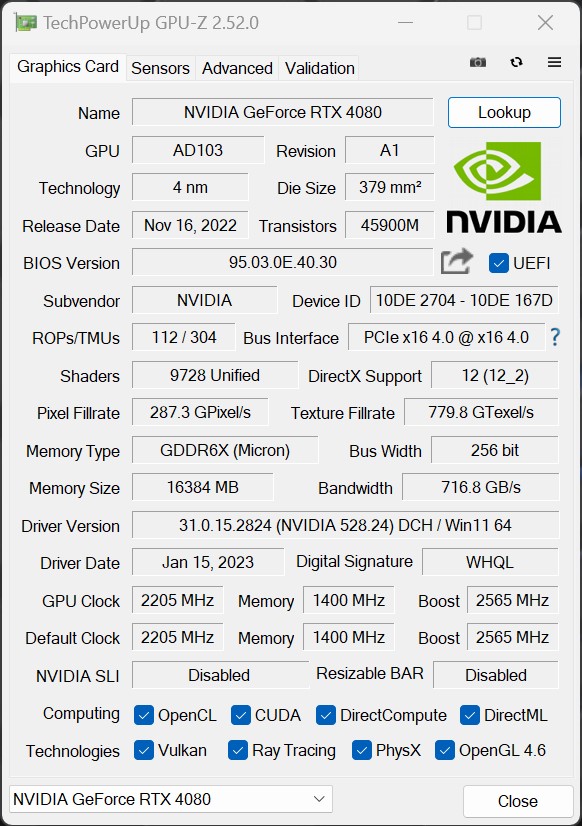


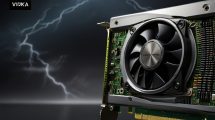















59 Antworten
Kommentar
Lade neue Kommentare
Urgestein
Urgestein
Urgestein
Urgestein
Urgestein
1
Urgestein
Veteran
Urgestein
Veteran
1
Mitglied
Urgestein
Urgestein
Urgestein
Urgestein
Veteran
Veteran
Mitglied
Alle Kommentare lesen unter igor´sLAB Community →